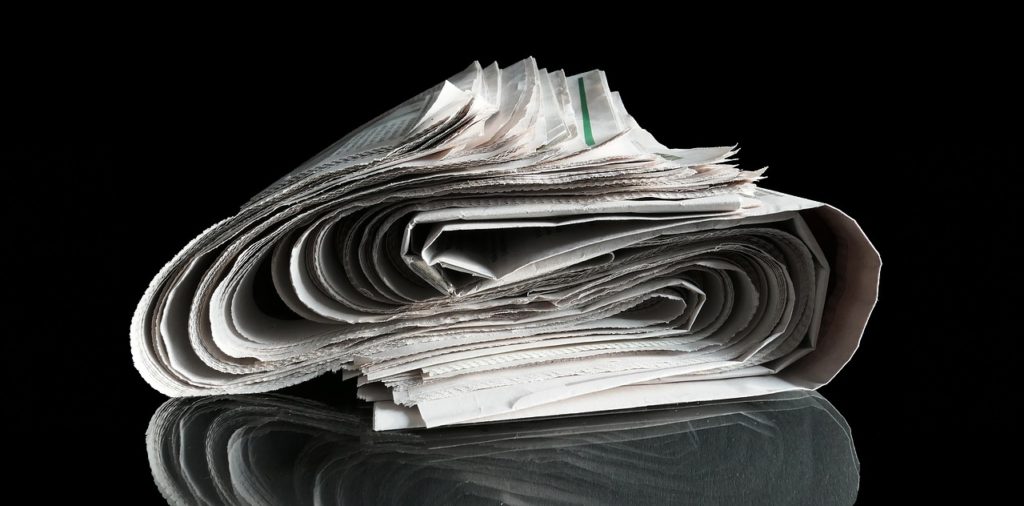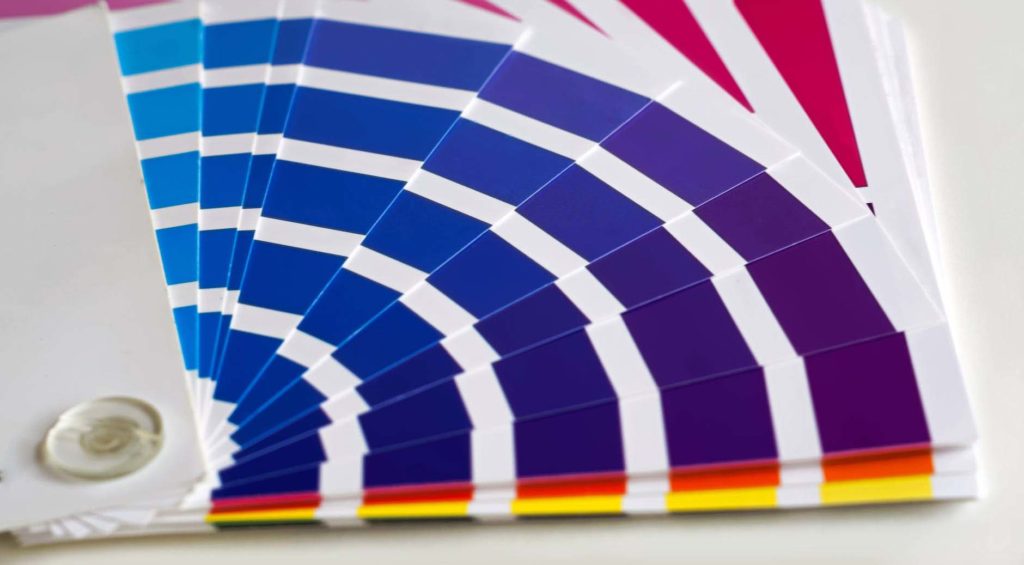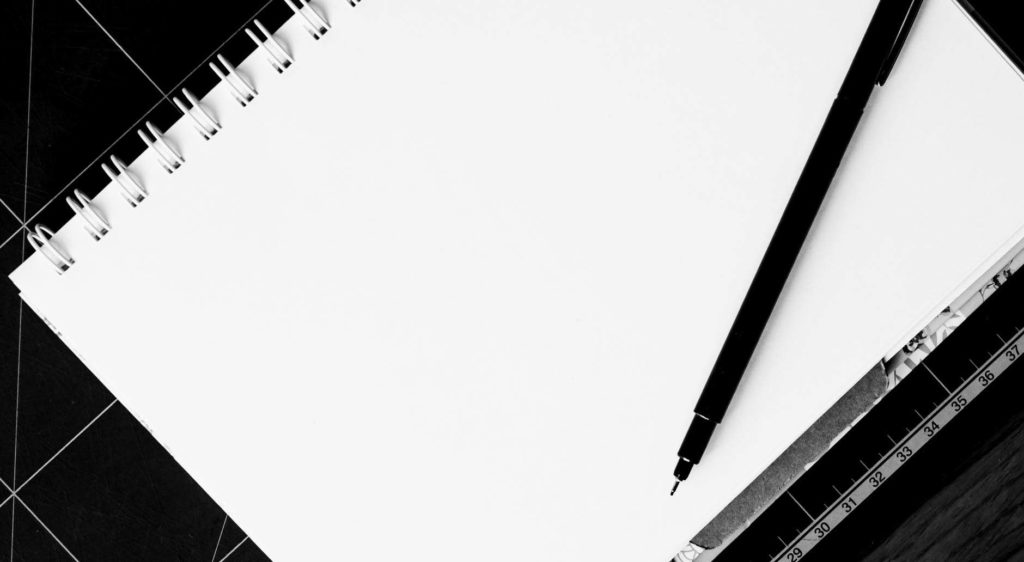Everything you need to know about printing paper

Recognizing the types of paper for printing can be extremely important for anyone who works in the typographic and graphic field in general. In fact, a good knowledge of paper allows you to make more informed design choices , which will be able to avoid many problems and inconveniences that could arise from a lack of knowledge of the raw material.
For this reason, in this article, I will try to explain, clearly and concisely, everything you need to know about printing paper.
Before starting, it is necessary to answer the most important question of all, the one that represents the real core of the subject, the one that will define all subsequent questions and answers on the subject we are dealing with: what is paper ?
Paper, obtained from cellulose compounds or from fibrous substances of various kinds, is certainly the best known and most used industrial product ever. In most cases, it is obtained from wood: the material, once broken up and boiled, will appear in the form of a paste, to which subsequent particular steps of refinement and whitening will be carried out. Once all the processes have been completed, the dough is stretched out, dried and pressed, to then be subsequently collected in large reels ready to be cut into sheets of various sizes.
This is, briefly described, the most commonly used process for obtaining the card we all use.
What are the types of paper for printing?
In typography there are different types of paper for printing. Now let's see the most important, the most used ones. A good knowledge of their characteristics will allow you to make informed choices that are more suited to your needs.
Uncoated paper
It is certainly the most used card of all. It is the classic paper used for printing because it has an ideal surface for ink absorption . Naturally they are papers free from any coating treatment and, in most cases, have a weight that varies from about 60 to 140 g (commonly they are 80 g);
Coated paper
It is the most used for printing high-definition images : in fact, this paper is widely used in the creation of photo books, brochures, magazines, etc. This specific use is allowed by the patina that allows the ink to remain on the surface – as opposed to that for hand use – and creates brighter, sharper colors with greater visual impact.
It is very important to bear in mind that there are two different types of coated paper, which differ from each other according to the degree of coating:
- Glossy coated paper : between 50 and 80 gloss approximately.
- Matte coated paper : between 10 and 20 gloss approximately;
FSC paper
The FSC branded papers are identified with particular control and supervision processes, which guarantee their origin and production in compliance with very rigorous social and environmental standards;
Recycled paper
It is a type of paper that derives from differentiated collection : they can be hand-made, coated and other types.
Together with the FSC ones, they represent an excellent method of environmental conservation and forest protection.
Sticker paper
This particular type is widely used in the production of labels, stickers, etc. one side, usually patinated, can be printed, while a layer of adhesive glue is applied to the other;
Marked paper
They are particular papers to which a particular decoration has been applied during production. Generally these are precious papers, used in particular areas and contexts such as gallant invitations, sophisticated business cards, covers of precious books, etc. In short, this type of paper is absolutely recommended if you want to convey a sense of class and elegance;
Special card
This group includes all those papers / boards that have undergone a particular coating , lamination (gold, silver, metallic, etc.) or coloring treatment.
These listed are the seven main types of paper for printing, each with different characteristics and fields of use: precisely for this reason, as already mentioned, it is important to distinguish and recognize them in order to know, based on the different needs, which one to choose and use!
Essential features and techniques
In addition to knowing how to recognize the various types of most commonly used printing paper, it is equally important to be aware of all the main technical characteristics that characterize a paper medium. These technical characteristics prove to be extremely important because they will greatly influence the final product, so it is easy to understand how a correct knowledge is essential: let's start with the explanation of the fundamental things to know!
The weight of the paper

The weight, contrary to what one thinks, does not refer to the thickness of the paper but to its consistency (let's call it that). In more technical words, the grammage represents the weight of a sheet of paper with a surface area of 1 square meter . It is measured in grams per square meter (g/m 2 ) or simply in grams (g)
The difference between weight and thickness
It is important to distinguish paper weight from sheet thickness . In fact, if it is true that a higher weight often corresponds to a greater thickness, it is also true that the latter can vary depending on several factors:
- The type of processing : with the same grammage, the processing chosen by the paper mill can give the paper a higher density , and therefore a lower thickness to the sheet, or a lower density, producing a sheet of paper with a greater thickness.
- The amount of wood fiber present: paper is made up of a compact structure of fibers obtained from tree plants both by chemical processes (cellulose) and by mechanical processes (wood pulp). A large amount of wood fiber can increase the thickness of the paper.
- The addition of particular substances: some paper mills, to reduce the use of cellulose and obtain an unusual visual and tactile effect, add particular substances to the paper mixture. This is the case of Laguna ecological paper, made with algae from the Venice lagoon, or other types of ecological paper made with organic residues of oranges, coffee, corn and olives.
It is evident, therefore, that two sheets with the same weight can have a different thickness , depending on the type of processing and the composition of the paper.
Why it is important to know the weight
From the printing of business cards to that of a book, from the creation of an advertising display to that of a brochure, there is a recommended weight for each product. The wrong type of paper on which to print your graphic or editorial project can ruin the final effect: for example, if you choose too low a weight for an advertising catalogue, the pages will be too transparent, allowing you to glimpse the images printed on the back.
The papers, based on their degree of weight, are divided into the following categories:
- 25 – 30 gr : bible paper, a highly sought after and refined type;
- 70 – 75 gr : light printing paper;
- 80 gr : common printing paper;
- 90 – 150 gr : heavy printing paper (flyers, flyers, etc.);
- From 200 g : cardboard.
The patination of the paper

As we have already said, unused paper is the one we all know, that is, the one that is used in photocopiers, notebooks, etc.
Coated papers are completely different because, as we have already mentioned, they have undergone particular coating treatments (processing with calcium carbonate, kaolin and latex binders), and give the printed images a sharper and more glossy appearance.
Coated papers are divided into:
- Glossy ;
- Opaque ;
- Satin (with a patinated and a rough face).
Paper brightness

The brightness of the paper is also a point to consider if you want to have an optimal result because it represents the degree of whiteness of the cellulose . Intuitively, the higher the degree of whiteness, the greater the perception of light and shades imprinted on the paper support. In general, a high degree of luminosity (and therefore whiteness) of the paper gives the paper a more elegant and refined appearance .
Sheet formats

The rolls of paper that leave the production factory are cut into different formats, so as to be easily transportable and suitable for all needs.
There are 6 sheet formats, which many of you already know:
- A1 : 841 x 594mm;
- A2 : 420 x 594mm;
- A3 : 420 x 297mm;
- A4 : 210 x 297mm;
- A5 : 148 x 210mm;
- A6 : 105 x 148mm.
As we can see, the characteristics that paper can have are really many: in this article I have tried to highlight the main and most common ones.
Recognizing the various types of paper for printing can prove to be very important (I know, I've already said it many times!) and is essential, especially when the job is professional and requires a good quality final product.
In any case, I always recommend communicating with your printer and/or the paper mill consultants when it comes to special processes. They will be able to advise you to optimize your design choices in terms of paper and printing!
When you subscribe to the blog, we will send you an e-mail when there are new updates on the site so you wouldn't miss them.
By accepting you will be accessing a service provided by a third-party external to https://www.insightadv.it/


































































Comments